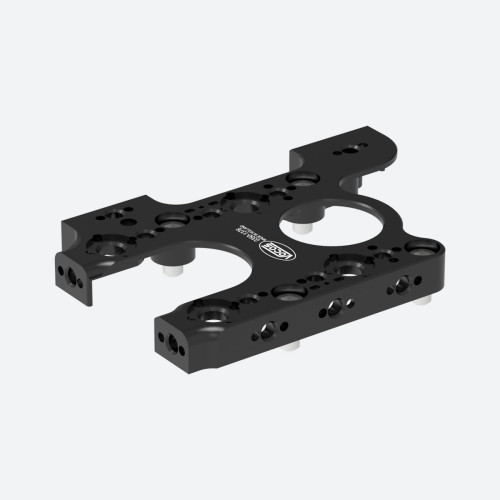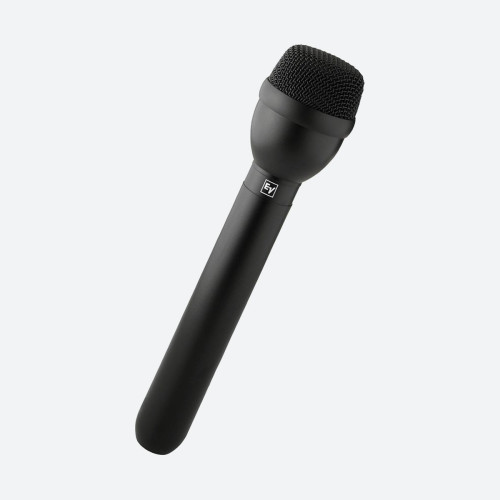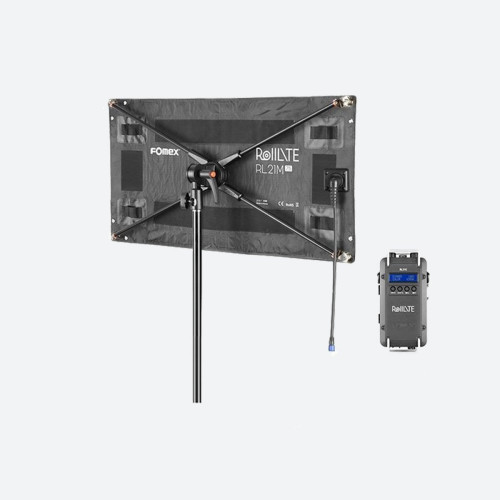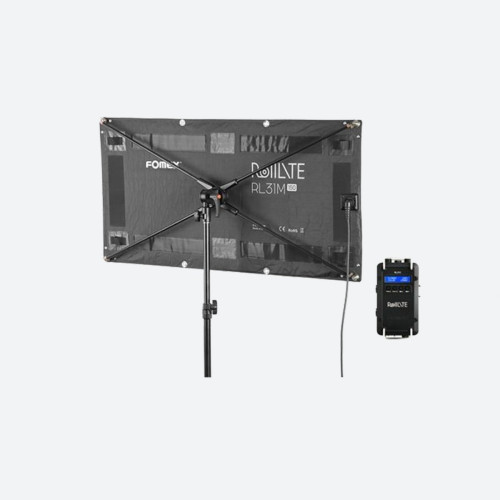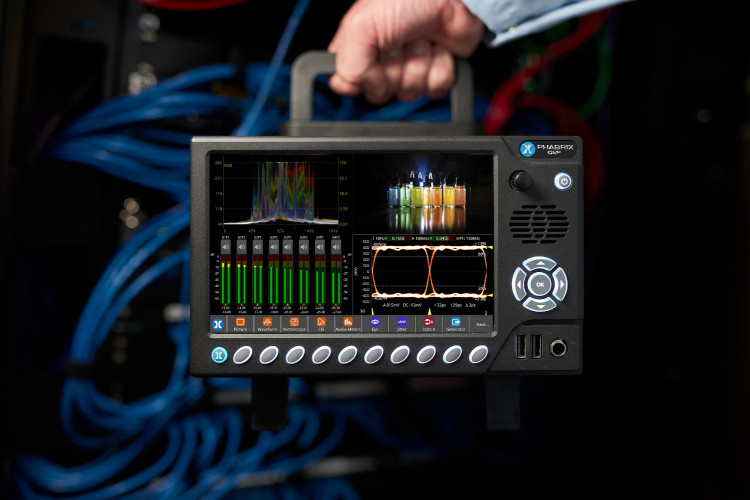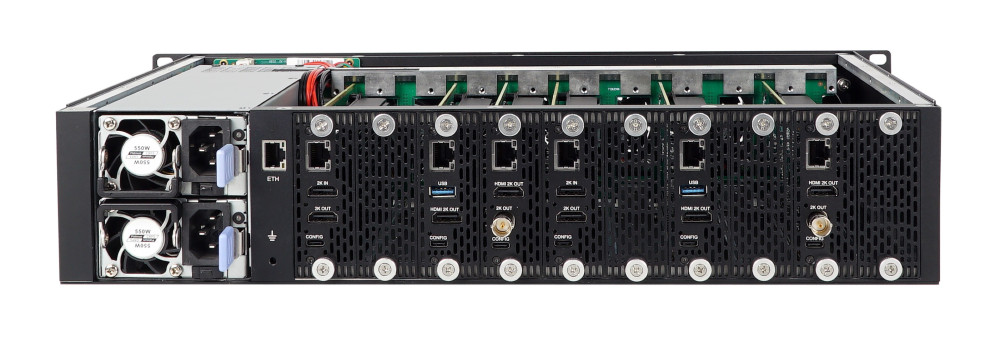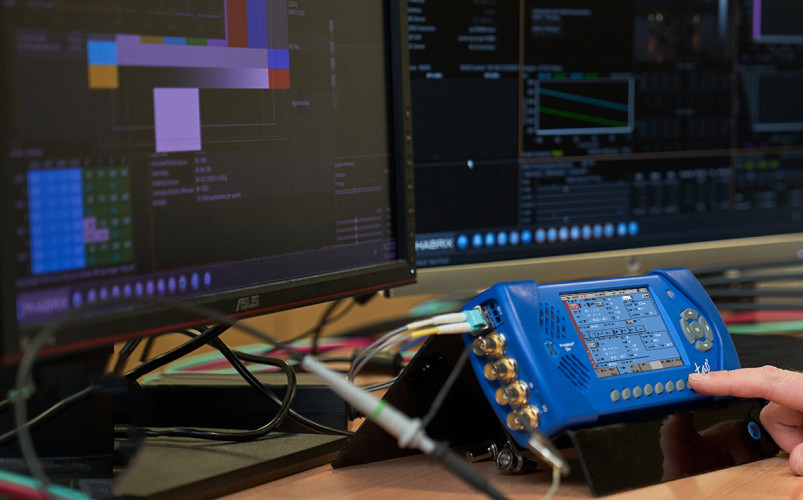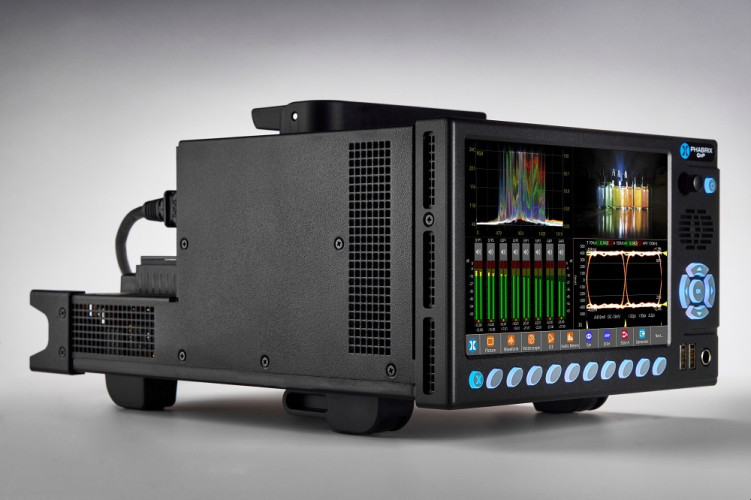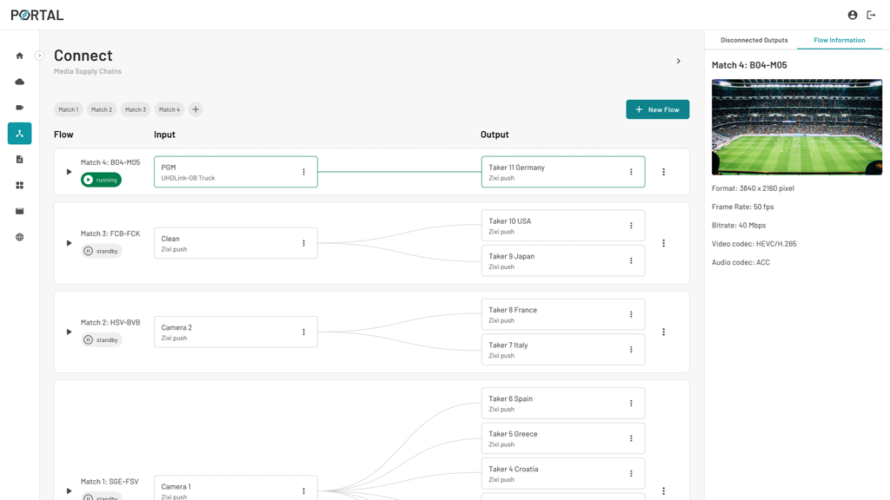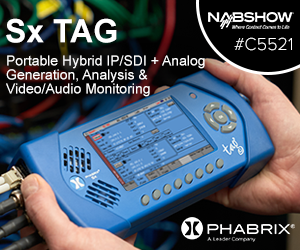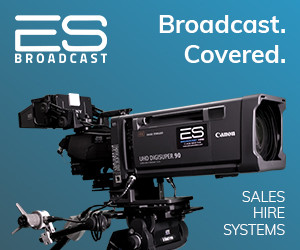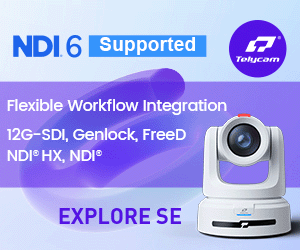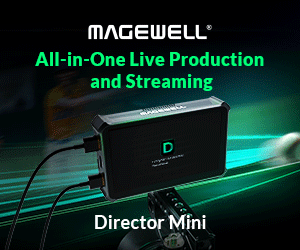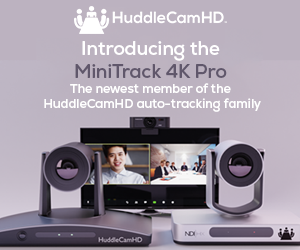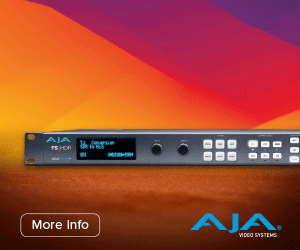by Phil Adams Issue 112 - April 2016
Why did you decide to create a new platform for T&M?
There\'s a lot of talk about hybrid in the industry and we recognised early on that there were some big changes in the pipeline to do with SDI, IP, uncompressed and compressed signals and we had a lot of our own end users asking for something specific for UHDTV. The need for compliance testing to SMPTE standards for 4K was not addressed by anything in the market specific to broadcast so we looked to provide this much needed facility for manufacturers developing both 4K and 8K products. IP is also important so that too needed the technology to support it to provide a single instrument for T&M. Out of all this came the Qx - a radical new platform.
How long has the Qx been in development?
The reality is we have been working on it for over 2.5 years, a relatively short term for such a leap in technology and there have been significant challenges. The biggest decision was early on when we had to decide the key silicon suppliers, those who would deliver class leading product to meet our tight timescales. In addition with so many new UHDTV formats supported by SMPTE meant there are now over a thousand standards - excluding 24 and 48 Gbps payloads. Of course there is also the requirement for the Qx to be IP compliant and even here you have new developments it seems monthly with variants such as 2022-5,6,7, ASPEN, VSF TR03, AES67, TICO, AIMs- all formats the Qx is able to support as development continues. So the true answer is it is constantly in development and upgrades to the core software will be on going for at least the next 3-5 years as requirements evolve.
Can you tell us a little about the hardware?
The Qx is built on cutting edge technology. In essence the Qx has uniquely 4 separate 12 Gbps capable multi-rate inputs and outputs supporting payloads up to 48Gbps. It has over 30 GHz (5th harmonic of the 6GHz fundamental for 12G-SDI) analogue bandwidth on its front end making it the most powerful solution for T&M both now and going forward. It has 2 x SFP+ cages each supporting 12 Gbps optical or coaxial SDI and supporting 10 Gbps Ethernet for IP developments as the technology becomes available beyond the \'bleeding-edge\'. We definitely needed the Qx to support both SDI and IP - a true hybrid solution, so the CPU combines technologies from both FPGA and a processor to enable such a flexible solution. It also has a clever client/server capability which we will be developing, but more on that later in the year.
What are the Qx\'s USPs?
The main USP of the Qx is its toolset in support of compliance testing. If you\'re a manufacturer working with UHDTV signals, particularly up to 12Gbps, then in theory you can\'t release a product unless it has been compliance tested. The SMPTE standards require the signal to be analysed with reference to the physical layer and here we have a show stopper. The eye and jitter technology on the Qx is such that it can support rise time, fall time, overshoot, undershoot, timing and alignment jitter due to its RTE technology. RTE stands for Real-Time-Eye which provides instantaneous presentation of the eye pattern with its associated automatic SMPTE compliance measurements. You need the technology present in the Qx for testing PCB layout, SDI driver design and driver pre- emphasis settings - key requirements for test before and during manufacturing. This is linked to PCB FR4 types, layout, correct register settings in the chipsets and quality of assembly. All this will have an effect on performance. We believe the Qx is the only product available other than a very expensive high bandwidth scope that can do this. It\'s also the reason we have such a large order book - there are no other contenders within the price range of the Qx and our manufacturing customers all need to do compliance testing!
I mentioned standards earlier and here too the Qx has some USP\'s. We have always been known for our GUI design making it easy to select standards under test. Our preset Sx range already supports over 300 however the need for the Qx to support standards that in some cases require 4 separate inputs has meant the interface has had to work a lot harder to \'un-complicate\' this process. We have spent considerable time on the new design and the response at BVE 2016, the UK\'s main broadcast show, proved the elegance of the solution.
The Qx is also a combined generator and analyser solution -
a real must for closed loop testing and able to generate and analyse at the same time - a PHABRIX feature across all products. Crosstalk is usually the problem when developing products that do both functions however with the Qx we have developed a very low noise generator that works completely independently of the analysis circuitry so eliminating crosstalk.
What will you be showing at NAB?
The Qx will of course be centre stage. In fact visitors to our stand N4219 will be surprised to see we have two dedicated \'offices\' on the stand to cope with the Qx interest. We also have a new software release for our Rx series and the Sx TAG hand held.
Interestingly more and more broadcasters are looking for cost effective solutions for test and measurement and of our products the Rx rack mount Rx2000, Rx1000 and Rx500 I am sure will be popular at the show. Quality control has come to the fore recently and in this application the Rx rack mount series offers a combination of both video and importantly audio toolsets in one single unit, basically making the whole process more affordable. At the show you will see new closed caption functionality and CC line detect. Loudness too has been enhanced so lots to see.
What about the future for the Qx?
The Qx has definitely been built with plenty of room for future development. One of the feature sets we will be adding shortly to the Qx is focused on stress testing SDI interfaces - arbitary waveform jitter insertion, eye amplitude control (800 mV +/- 10%) and jitter spectrum analysis. The platform is very versatile and we have been asked to include HDR and colour space toolsets for post. All I can say is watch this space. At NAB we will be looking to discuss the future development of the Qx with our customers.
How much does the Qx cost and when is it available?
Our sales director Martin Mulligan would be your best person to answer that question. Come and talk to us at NAB, we are more than happy to discuss and share pricing and availability information with you depending on your needs. The Qx is shipping in April.





